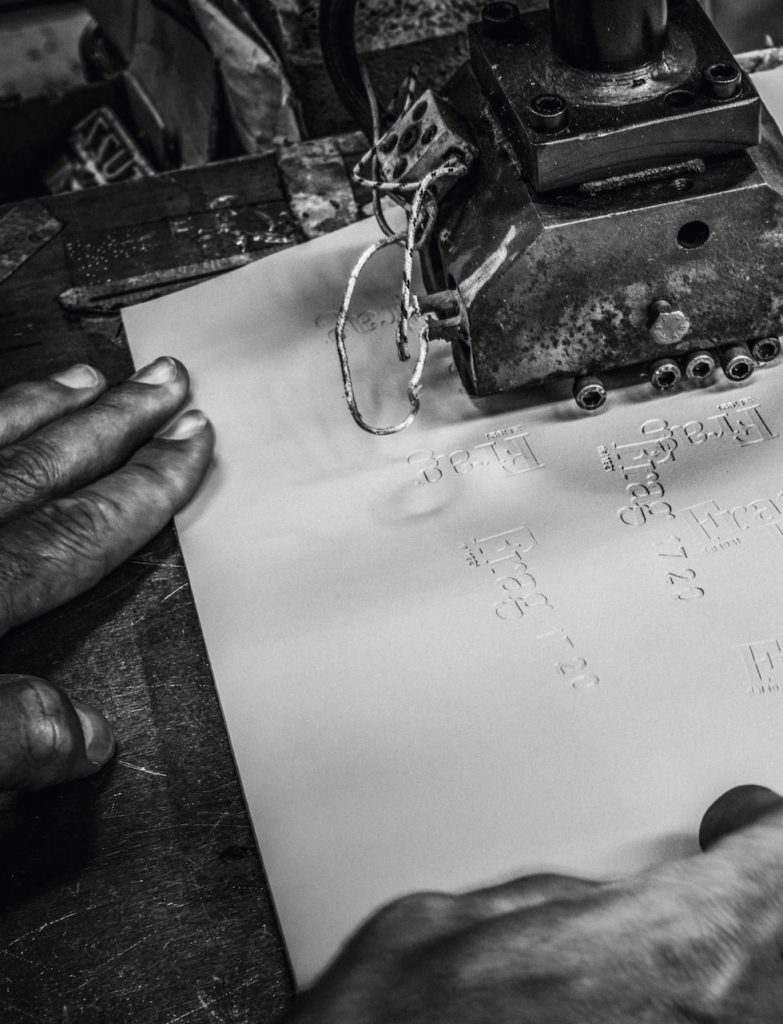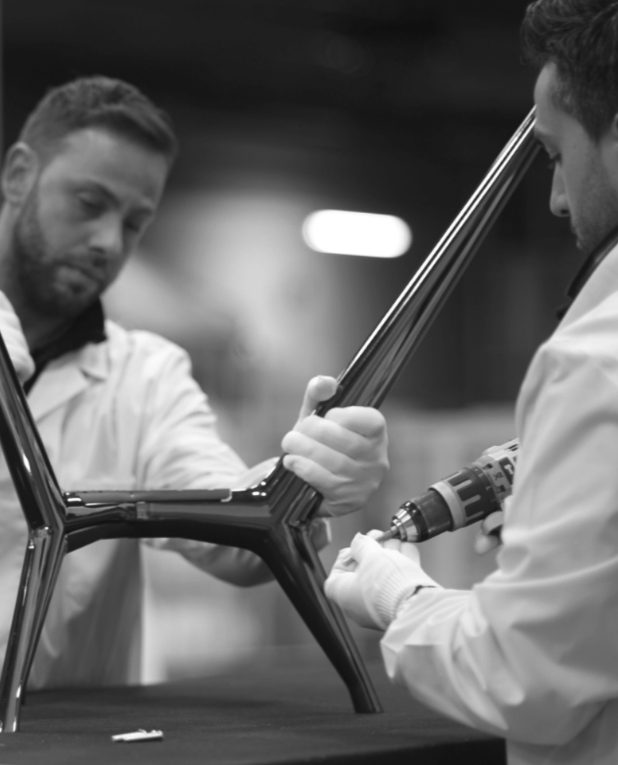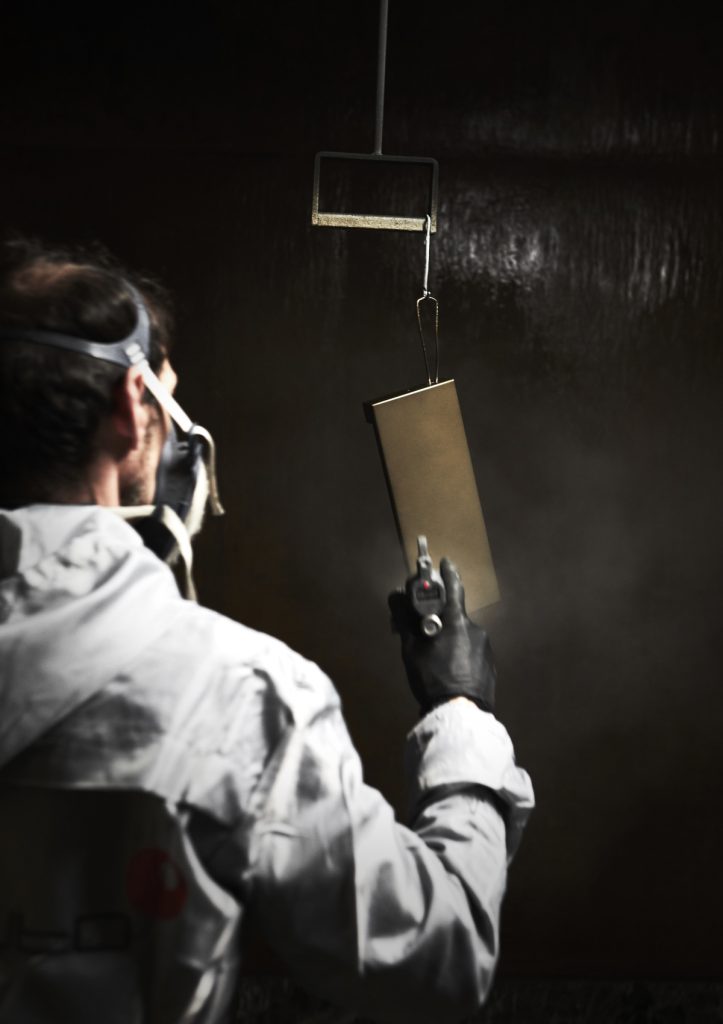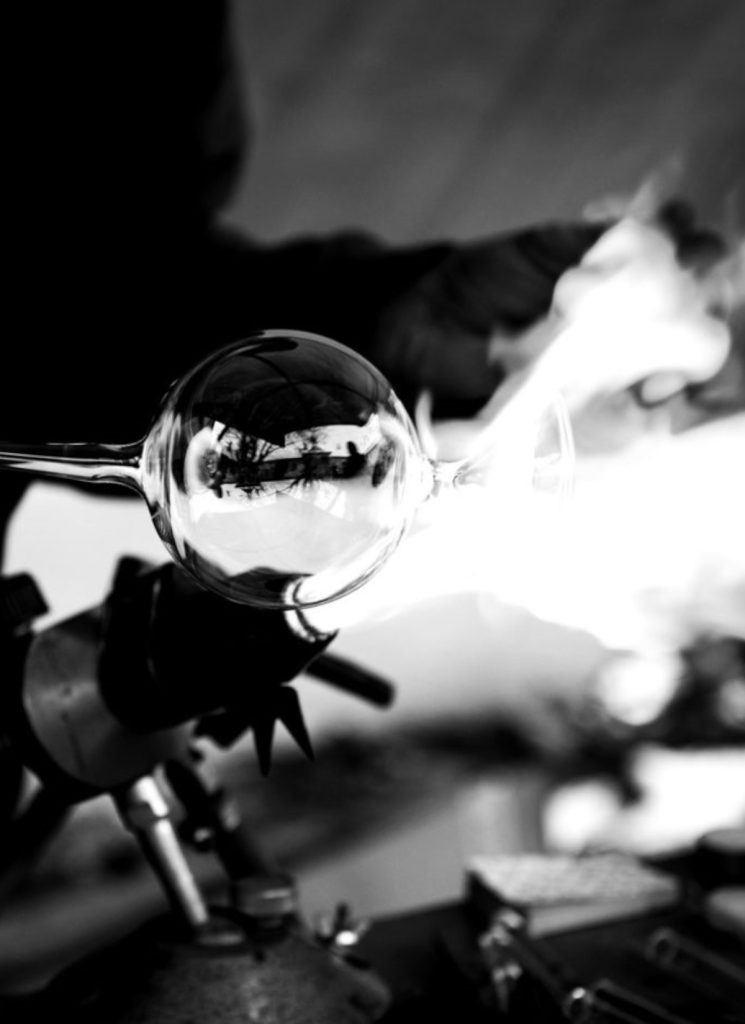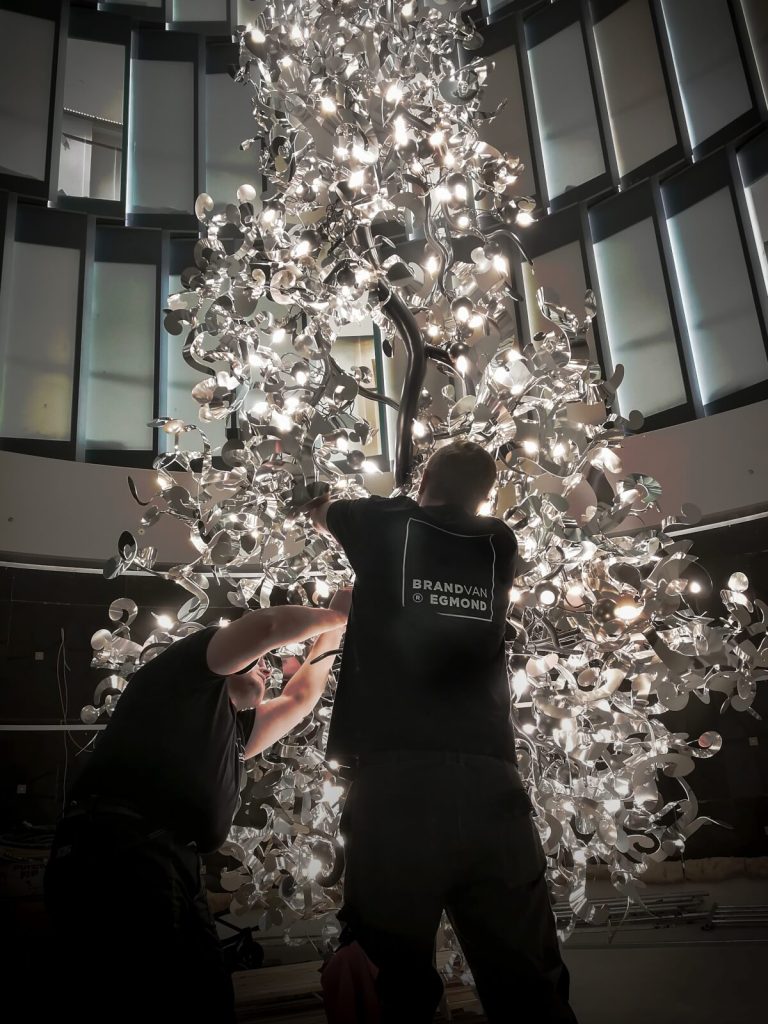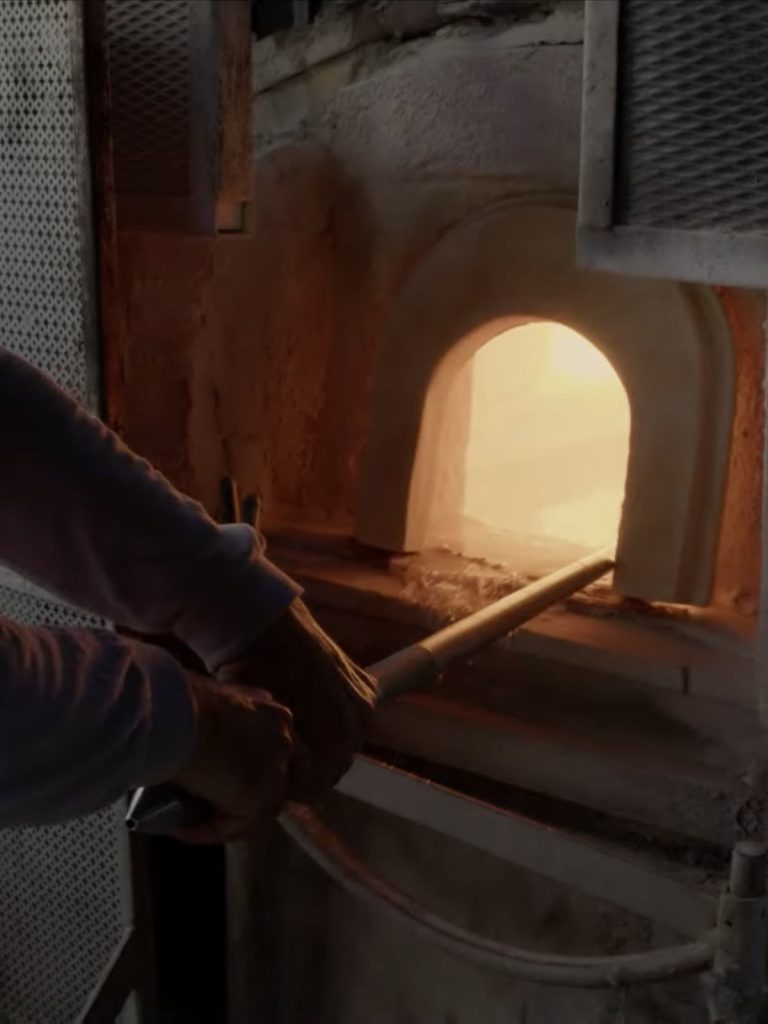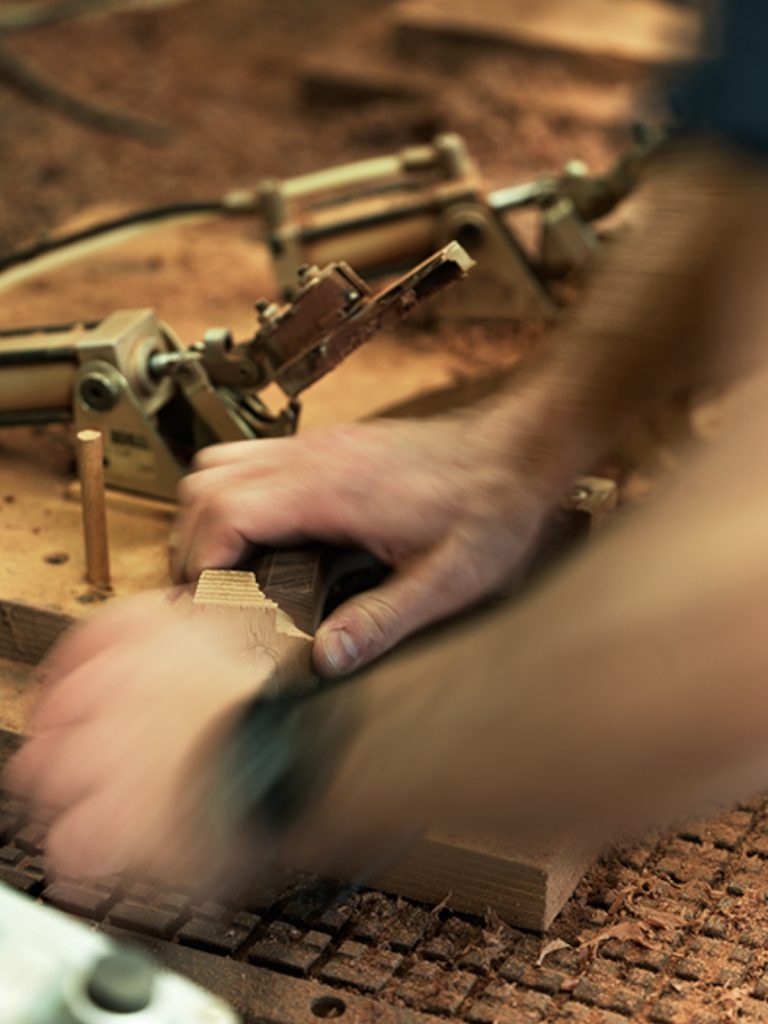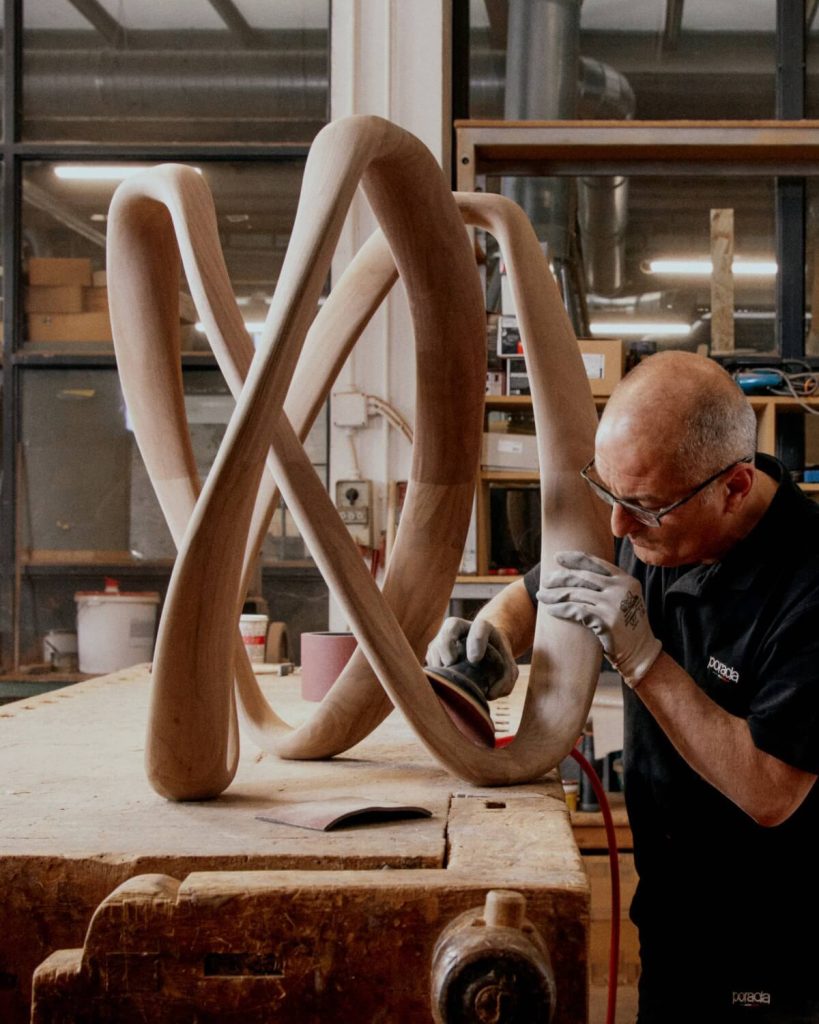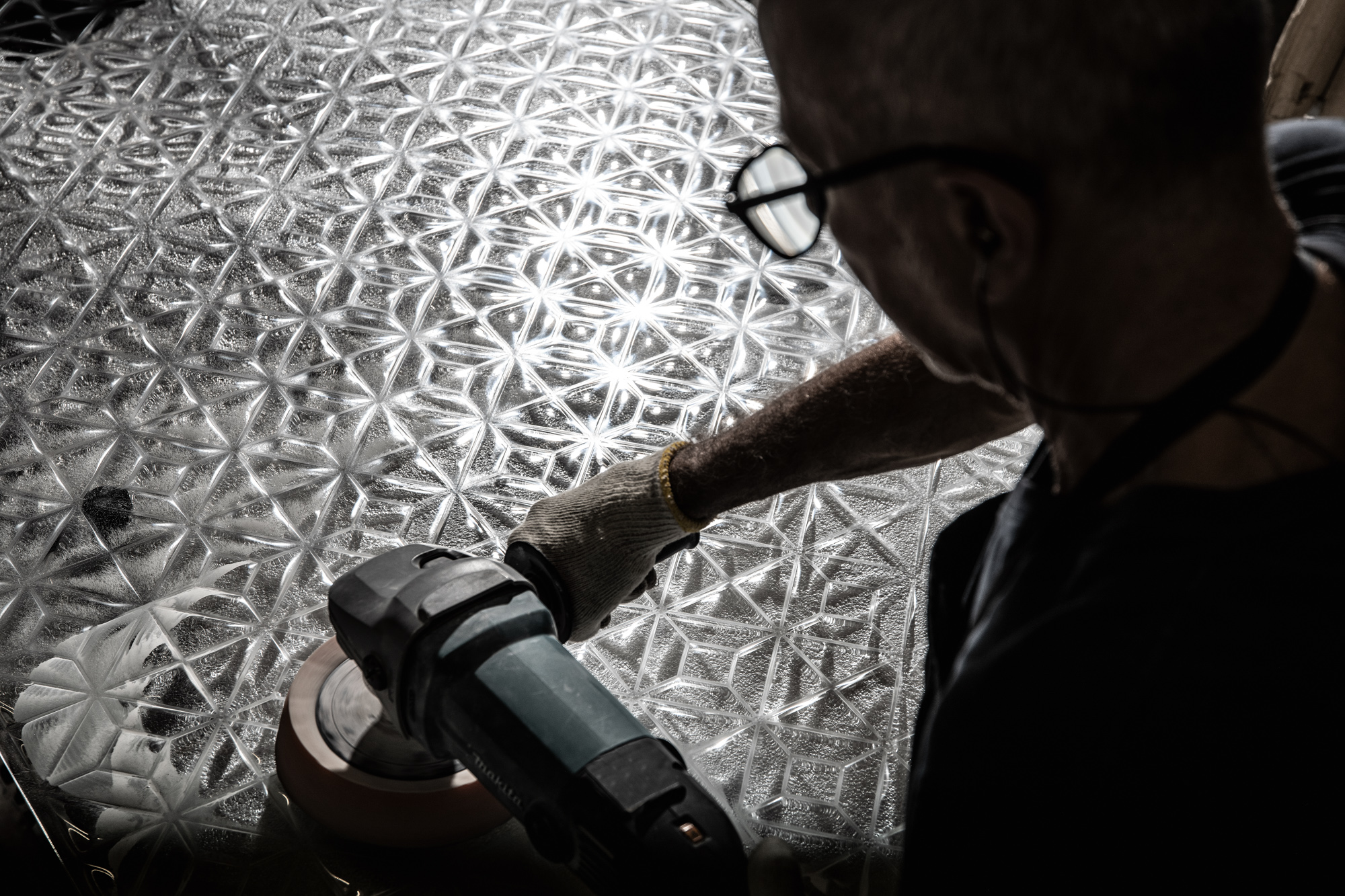
Fiam Italia: The Lateral Thinking of Glass
Glass carries an ancient magic — liquid light shaped by fire, fragile yet enduring. For over fifty years, Fiam Italia has explored this paradox, treating glass as structure: curved, sculpted, coloured, and alive with reflection. In its hands, transparency gains depth, and volume becomes a language.
Founded in 1973 by Vittorio Livi in Italy’s Marche region, Fiam Italia began with a radical conviction: glass could assume the language of furniture. Trained craft meets exacting research; the atelier developed ways to bend, fuse, and shape with rare precision, opening a future in which lightness holds strength and clarity reads as form.
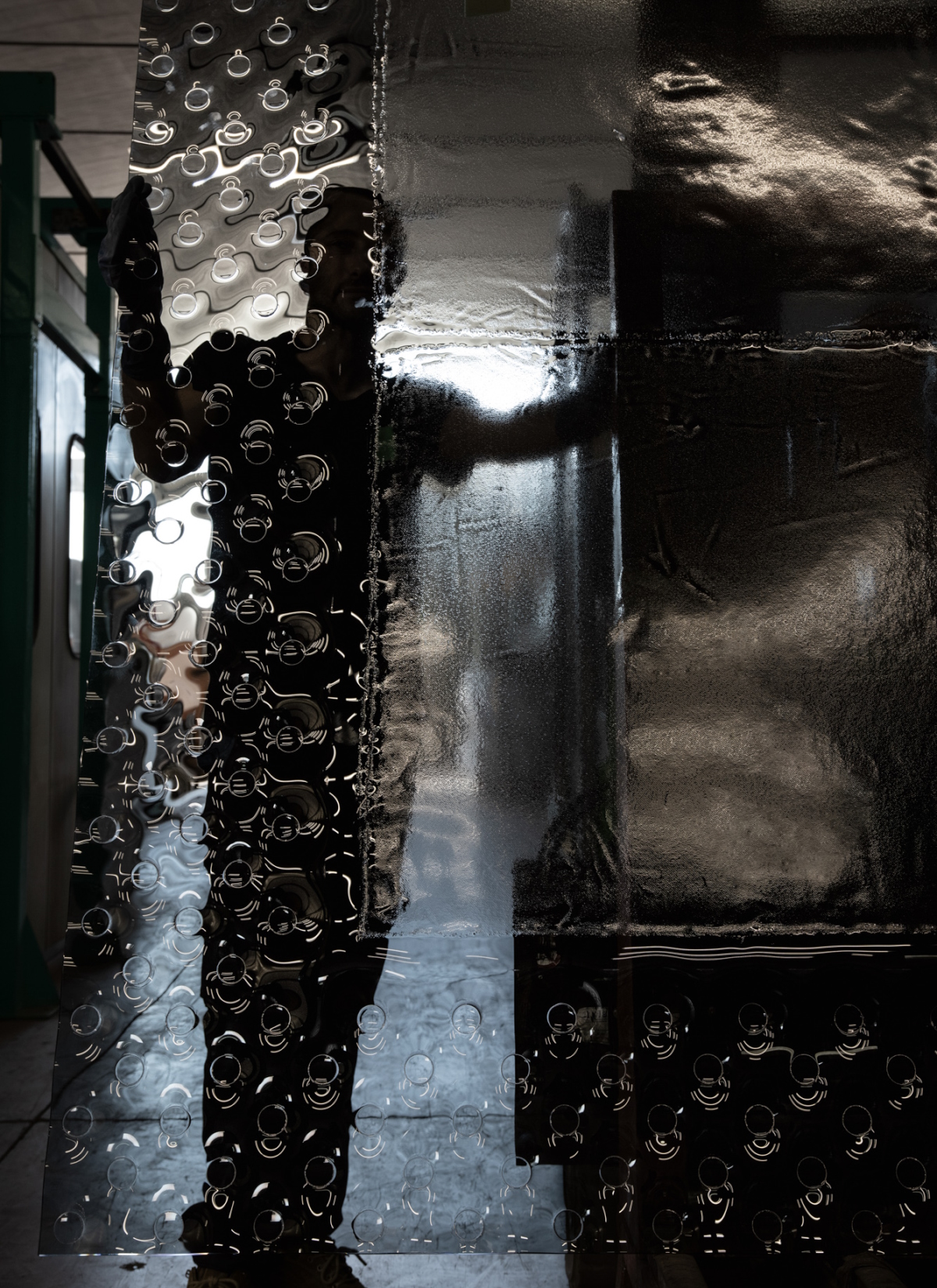
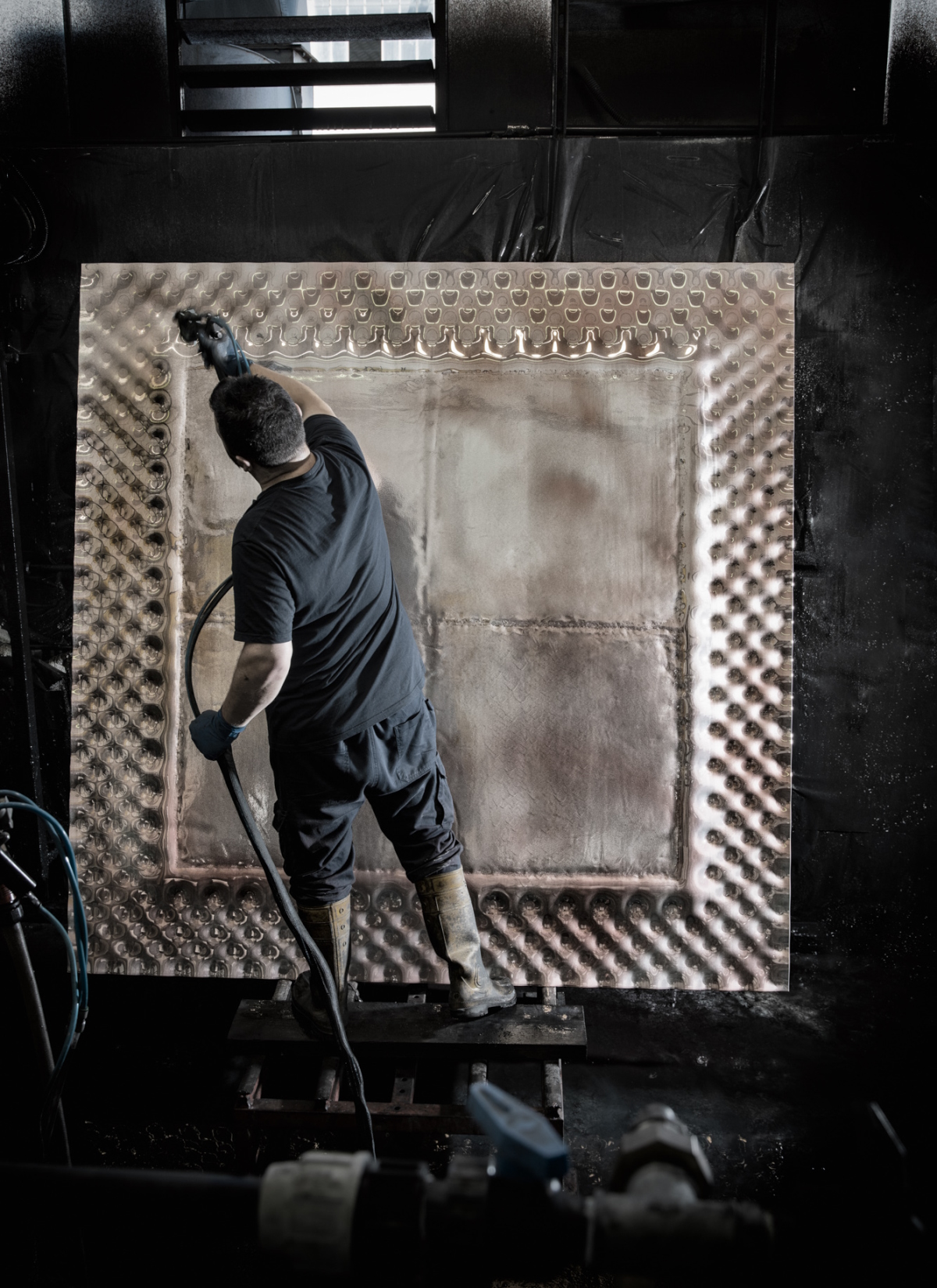
In the workshop, material exploration is constant. Master artisans work beside engineers, coaxing molten sheets into sinuous curves, fusing planes into seamless junctions, and tuning edges until they read like drawn lines. Surfaces are finished to catch and soften light; colour and tactility are introduced where the narrative demands it. Behind each gesture lies decades of refining kilns, moulds, and processes to extend what glass can do — without disturbing its inherent calm.
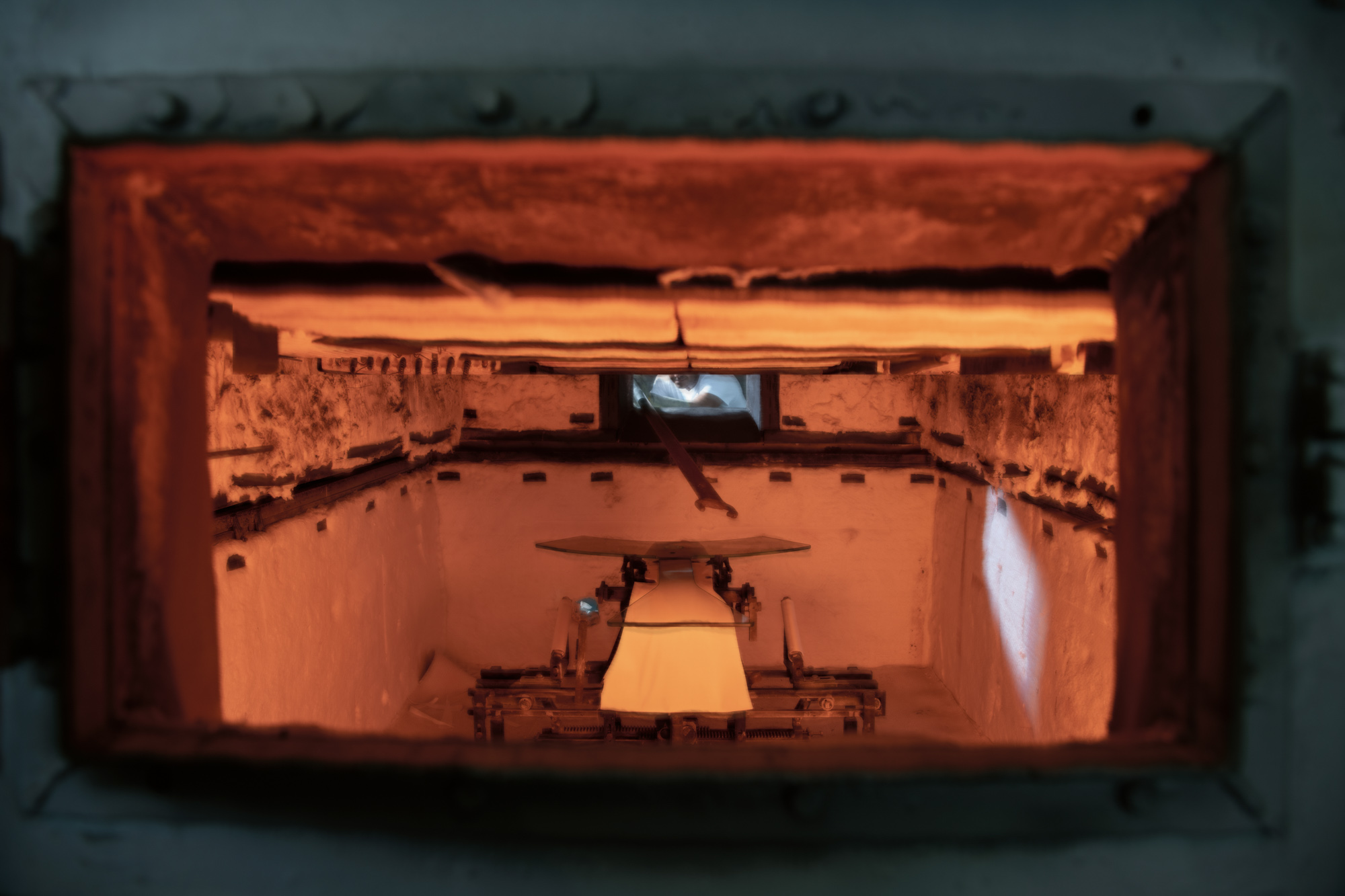
This pursuit has produced quiet icons. Caadre, designed by Philippe Starck, turns a reflective plane into a sculptural threshold, its gently bent frame an essay in precision. Ghost, by Cini Boeri, is a single, continuous sheet of curved glass — a feat of structural clarity that appears weightless yet supports the body with ease. Alongside them, consoles, tables, and shelving reorder space through reflection and refraction, creating depth where none existed and animating interiors with measured light.
Fiam calls this approach the lateral thinking of glass. The material is treated as fluid rather than fixed — capable of movement, colour, and unexpected dimension. Over years, the atelier has expanded beyond pure transparency, developing finishes that give glass new hues and tactile presence. Collaborations with leading designers and architects extend the work into bespoke installations: sweeping curved walls, luminous partitions, and sculptural interventions for cultural spaces, private residences, and flagship boutiques worldwide.
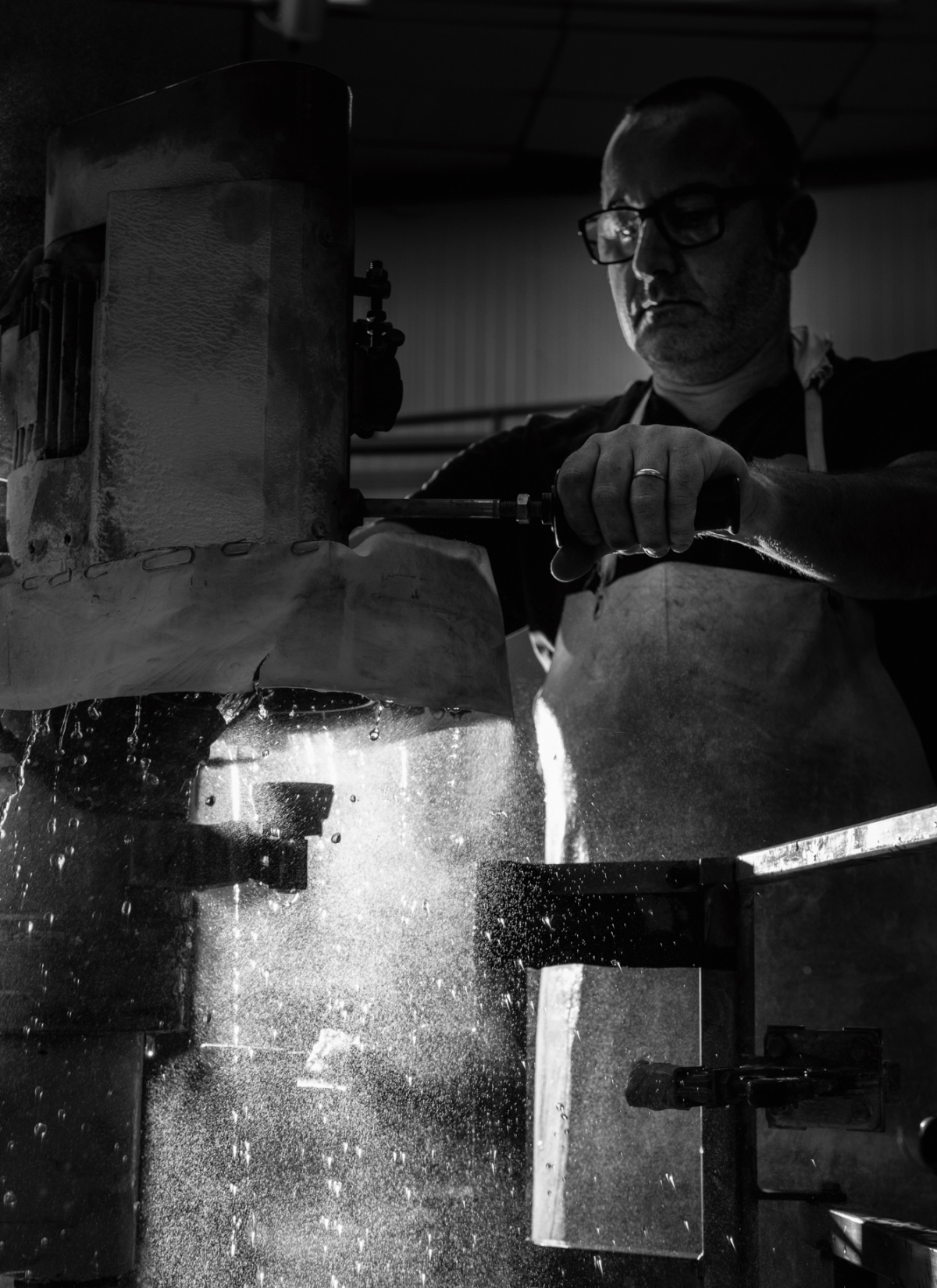
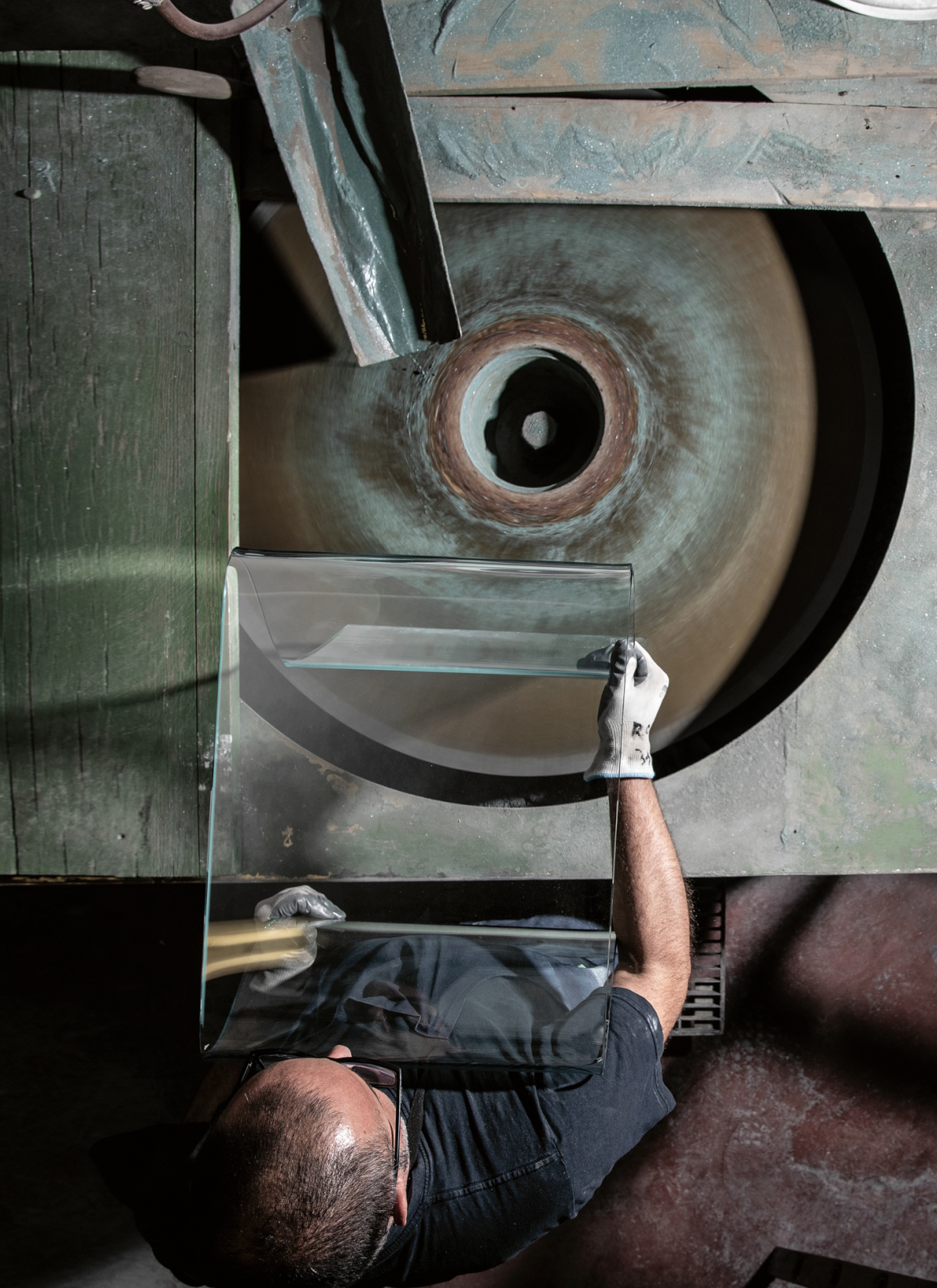
Innovation here is inseparable from heritage. Prototypes are adjusted by hand before technology perfects the final form — an Italian model in which craft and invention remain in dialogue. Research serves restraint: junctions disappear, proportions settle, and surfaces hold light without spectacle.
Today, Fiam Italia shapes more than objects. Its pieces define settings — interiors where glass becomes atmosphere, expanding volume and introducing a sense of calm precision. The vocabulary has matured into one of architectural clarity: works that can disappear in pure transparency or assert themselves as sculptural punctuation, depending on the room’s need.
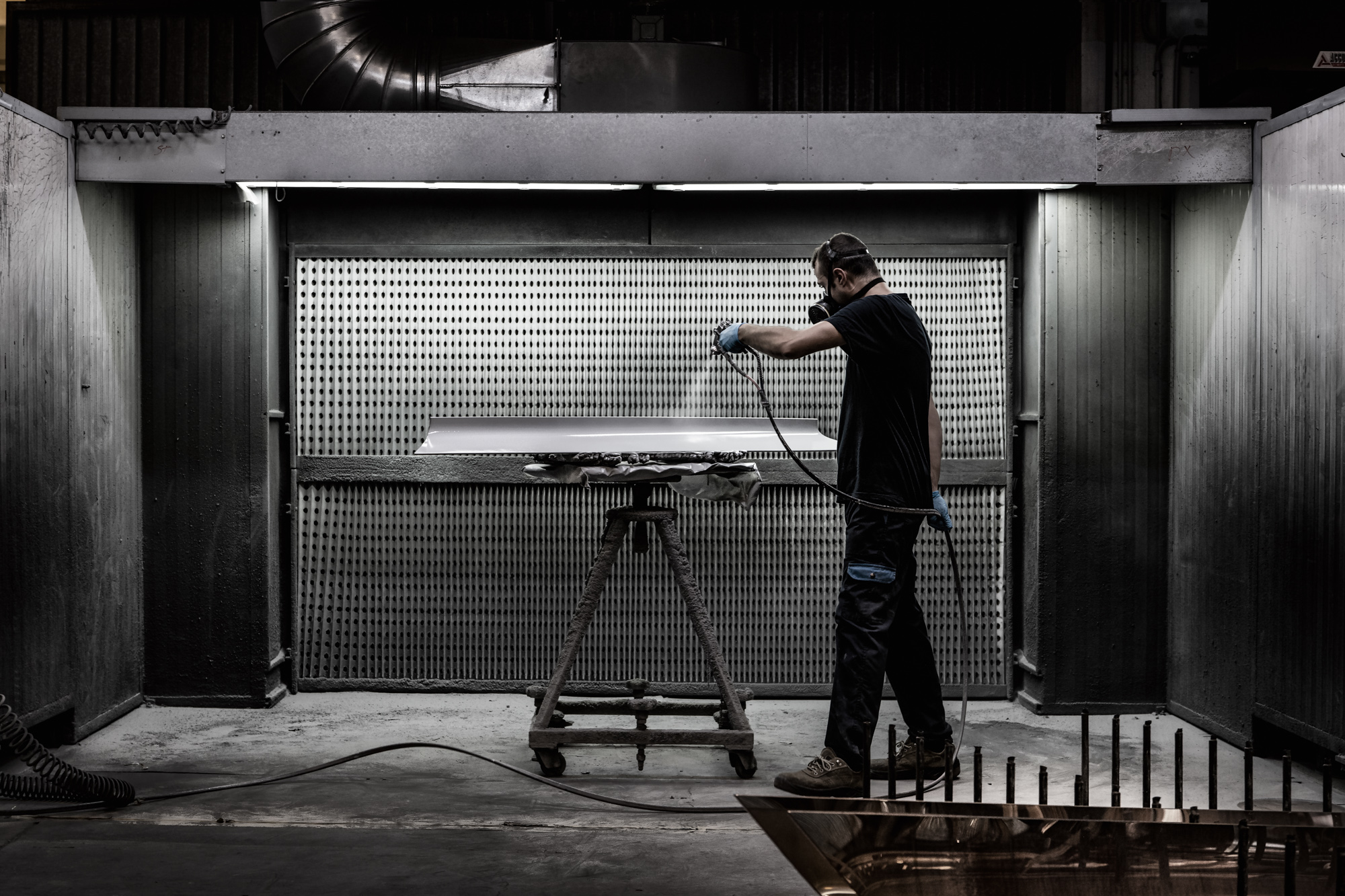
To encounter Fiam Italia is to witness glass reimagined. What was once a rare proposition — furniture articulated in glass at this scale — is now a living tradition. Each creation holds decades of research and the hand’s quiet intelligence, proving that glass can be enduring structure as well as luminous presence. In Fiam’s world, reflection becomes space, transparency gains depth, and the material speaks with its own architectural voice.
